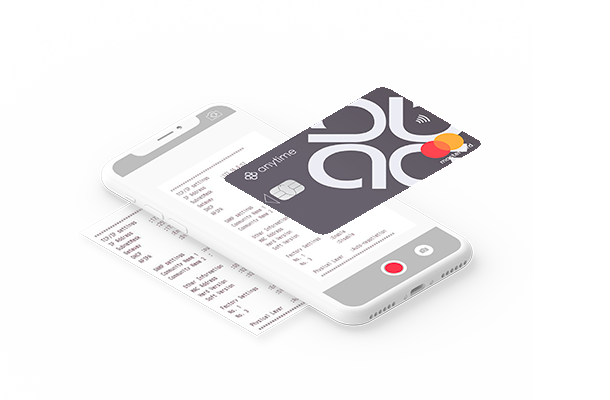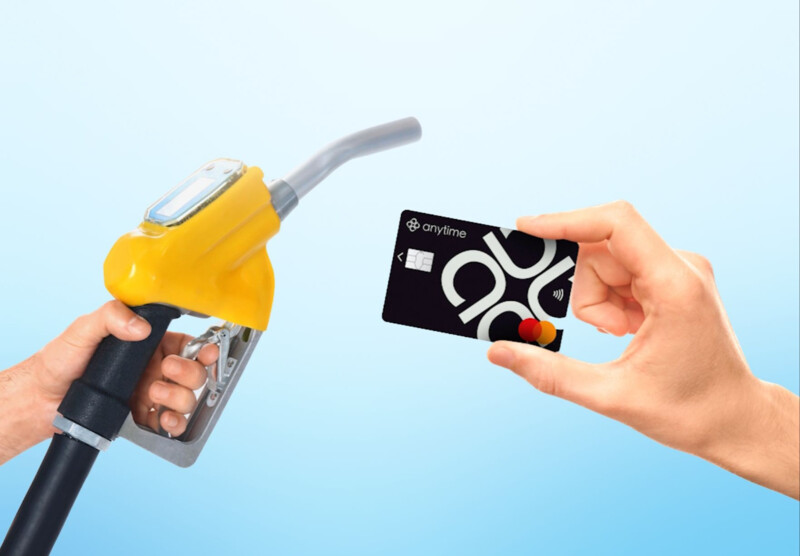Whether it's a one-off training course, a seminar or a business trip of some kind, it's not uncommon for company employees to take their personal vehicles on business trips. Naturally, the expenses incurred by the employee in this situation must be covered by the company. Since it's complicated to reimburse such expenses in real terms, a scale has been introduced to help everyone see things more clearly. Here's everything you need to know to use the mileage reimbursement scale in 2020.

What are mileage allowances?
When are they applied?
Kilometric allowances are used whenever an employee or manager uses his or her personal vehicle on company business. This could be for training, appointments or any other type of travel, as long as it is planned by the company.
The employee can be compensated in the following cases:
- he, his spouse or a member of his tax household owns the vehicle.
- he doesn't have a vehicle and has to rent one on his own to make the trip.
- he uses a vehicle provided by the company, but is responsible for all maintenance costs.
On the other hand, if the employee owns a company car, the maintenance of which is paid for by the company, he or she cannot claim reimbursement of mileage expenses. In the case of carpooling with another employee, only the driver will be reimbursed.
What do they correspond to?
Kilometric allowances are designed to cover all business travel. As such, the distance taken into account when calculating allowances is that between the company or the usual workplace and the place of work. Home-to-work journeys are not taken into account.
The reimbursement scale is set each year by URSSAF. These amounts are calculated to cover :
- vehicle wear and tear
- fuel
- vehicle maintenance and cleaning
- tire wear
- car insurance
The amount of compensation depends on :
- vehicle type
- of its fiscal power
- number of kilometers traveled
Please note that these allowances do not include toll and parking costs, which are reimbursed on an actual basis. To obtain reimbursement, you need to draw up a separate expense claim with supporting documents.
How do I claim mileage reimbursement?
As with any expense claim, it is impossible to obtain reimbursement without providing certain supporting documents. These documents must mention :
- the date
- trip purpose
- All employees, whatever their position and length of service with the company, are eligible for reimbursement of mileage expenses.
Mileage allowance scale 2020
There are different rates depending on the type of vehicle used. You can be reimbursed for journeys made by car, motorcycle or moped. More recently, bicycle travel has also become eligible for reimbursement.
2019 mileage allowance scale for the use of a car
Business mileage
| Fiscal power | Up to 5,000 km | From 5,001 to 20,000 km | Over 20,000 km |
|---|---|---|---|
| 3 hp and less | d x 0.456 | (d x 0.273) + 915 | d x 0.318 |
| 4 hp | d x 0.523 | (d x 0.294) + 1,147 | d x 0.352 |
| 5 hp | d x 0.548 | (d x 0.308) + 1,200 | d x 0.368 |
| 6 hp | d x 0.574 | (d x 0.323) + 1,256 | d x 0.386 |
| 7 hp and over | d x 0.601 | (d x 0.34) + 1 301 | d x 0.405 |
Calculation example: If you have driven 1000 km for business purposes with a 6 HP vehicle, you can obtain a deduction of 1000 x 0.574 = 574€.
Scale of compensation for the use of a 2-wheeler
Professional mileage covered with a scooter under 50 cm3
| Up to 2,000 km | From 2,001 to 5,000 km | Over 5,000 km |
|---|---|---|
| d x 0.272 | (d x 0.064) + 416 | d x 0.147 |
Example of calculation: If you have driven 1000 km for professional purposes with a 2-wheeler of less than 50 cm3, you can obtain a deduction of 1000 x 0.272 = 272€.
Professional mileage covered by a scooter or motorcycle over 50 cm3
| Motorcycle | Up to 3,000 km | From 3,001 to 6,000 km | Over 6,000 km |
|---|---|---|---|
| From 1 to 2 hp | d x 0.341 | (d x 0.085) + 768 | d x 0.213 |
| From 3 to 5 hp | d x 0.404 | (d x 0.071) + 999 | d x 0.237 |
| Over 5 hp | d x 0.523 | (d x 0.068) + 1 365 | d x 0.295 |
Kilometric allowances for bicycle travel
If you like to cycle to work, since 2016 you've been able to collect mileage allowances. However, this is only possible if your employer has introduced the "IK vélo" allowance.
In this case, whether it's an electric bike or not, the allowance scale is €0.25/kilometer for 2019. The bicycle IK has one advantage. It is also valid for home-to-work journeys, but only if you can justify the need to take your bike to work, for example after taking public transport.
The use of the mileage scale is almost unavoidable in business, especially if your employees travel regularly. Between flat-rate reimbursements and actual reimbursements, managing expense claims is a tedious and time-consuming task. However, with a comprehensive solution such asAnytime pro, it is possible to optimize the processing of expense claims and gain in efficiency on a daily basis.








